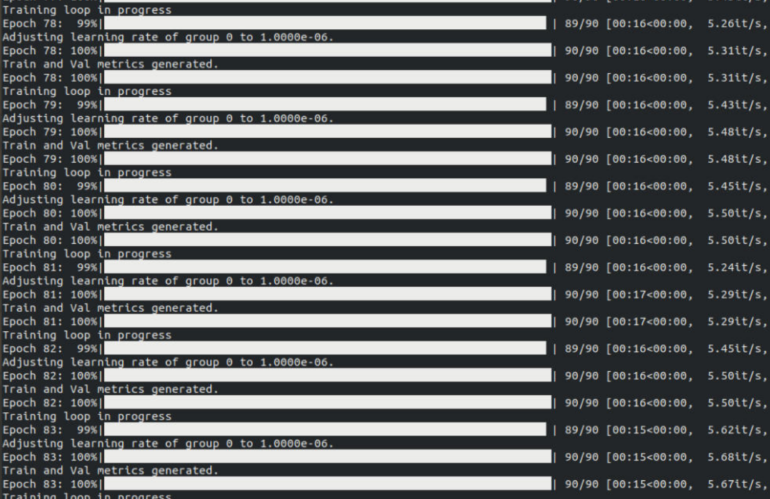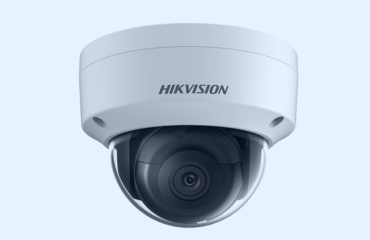As we delve deeper into the ever-evolving field of artificial intelligence, we come across a fascinating and increasingly relevant concept: action-based models. These models mark a significant shift from traditional object detection methods, opening up new possibilities in how we interpret and interact with visual data.
What Are Action-Based Models?
Action-based models are advanced AI algorithms designed to not just identify objects in an image or video but to understand and predict the actions taking place within the scene. This involves analyzing a sequence of images or frames and recognizing patterns that indicate specific actions or behaviors.
How Do They Differ from Traditional Models?
Unlike conventional object detection models, such as YOLO (You Only Look Once), which focus on locating and identifying objects within a single image, action-based models take this a step further. They integrate temporal information, capturing the dynamics and interactions between objects over time. This allows for a more nuanced understanding of the scene, such as identifying a person running, a car driving, or even more complex activities like a group of people playing a sport.
Applications and Implications
The applications of action-based models are vast and varied. They are particularly useful in fields like surveillance, where understanding the context and sequence of events is crucial, or in sports analytics, where they can help analyze players‘ movements and strategies. In healthcare, they can assist in monitoring patients‘ physical activities or rehabilitation progress. The implications for human-computer interaction are also significant, paving the way for more intuitive and responsive AI systems.
The Future of Action-Based Models
As AI continues to advance, the capabilities of action-based models are expected to grow exponentially. They are likely to become more accurate, faster, and more efficient, further blurring the lines between human and machine perception. This opens up a world of possibilities for innovation and application, making them a key area of focus in modern AI research and development.







